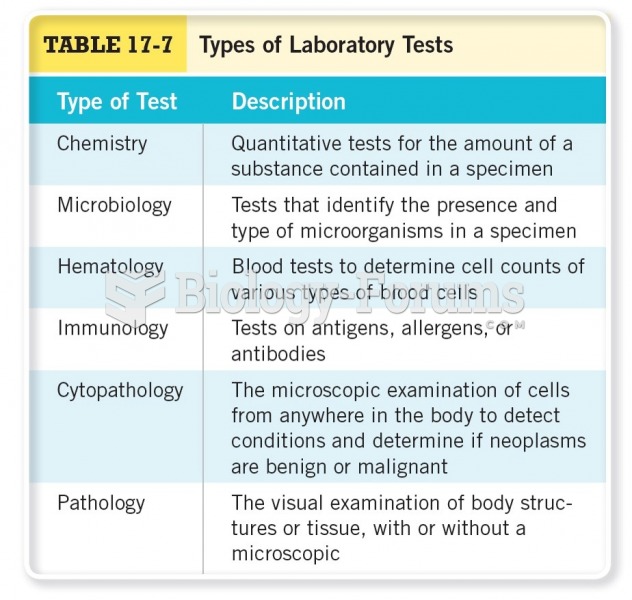|
|
|
Symptoms of kidney problems include a loss of appetite, back pain (which may be sudden and intense), chills, abdominal pain, fluid retention, nausea, the urge to urinate, vomiting, and fever.
Though newer “smart” infusion pumps are increasingly becoming more sophisticated, they cannot prevent all programming and administration errors. Health care professionals that use smart infusion pumps must still practice the rights of medication administration and have other professionals double-check all high-risk infusions.
By definition, when a medication is administered intravenously, its bioavailability is 100%.
There are approximately 3 million unintended pregnancies in the United States each year.
More than 150,000 Americans killed by cardiovascular disease are younger than the age of 65 years.







